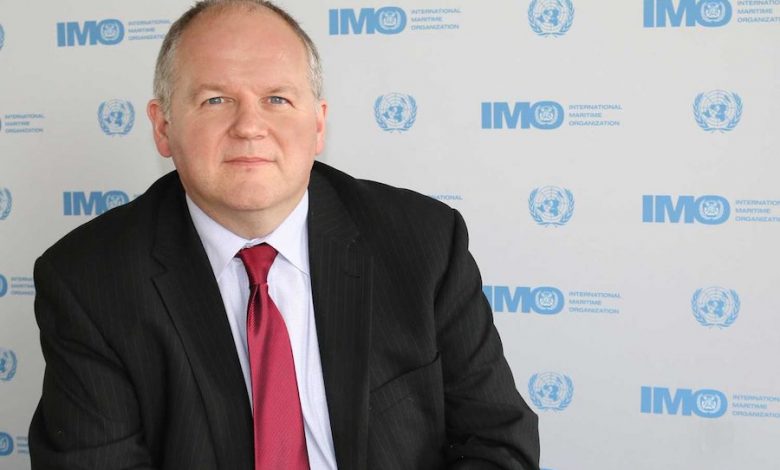IMO’s point man on air pollution steps down

One of the men most closely associated with shipping’s changing green regulatory scene over the past decade has moved onto pastures new.
Edmund Hughes yesterday stepped down as the head of the International Maritime Organization ’s (IMO) air pollution and energy efficiency division. Hughes had been at the IMO since 2010 and was on hand for some of shipping’s greatest changes in generations including the adoption in 2011 of Chapter 4 of MARPOL Annex VI (EEDI/SEEMP). He was also in the room when the Paris Agreement was adopted in 2015, was instrumental in the adoption of the initial IMO strategy on reduction of greenhouse gas emissions from ships in 2018 and, following five years’ work, he was able to see the entry into force of the global sulphur cap six weeks ago before leaving his post.
Hughes, who worked with the UK’s Maritime and Coastguard Agency before his IMO posting, is establishing his own consultancy business called Green Marine Associates.
“Thanks to all those I have met and conversed with about the control of emissions from international shipping,” Hughes wrote on LinkedIn in a post that drew immediate reaction from around the world, with Maria Skipper Schwenn, executive director of Danish Shipping, writing: “Thank you for all your efforts throughout these decisive years with so many important milestones – both for the industry and for IMO as regulator.”
Gavin Allwright, who heads up the International Windship Association, commented: “It has certainly been an eventful decade and good luck with your new consultancy venture in what is going to be another key one.”
